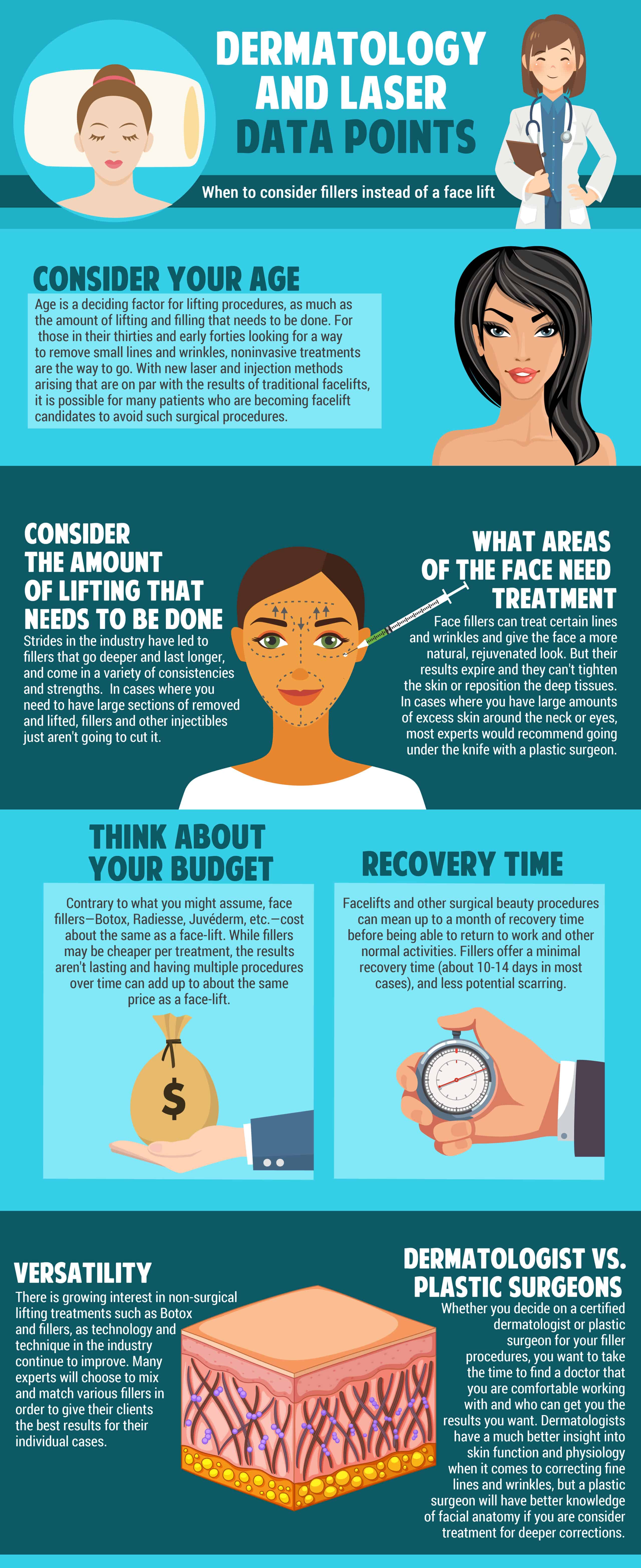Curious About The Differences Between SMILE, LASIK, And PRK Eye Surgical Treatments?
Curious About The Differences Between SMILE, LASIK, And PRK Eye Surgical Treatments?
Blog Article
Post Composed By-Dreyer Vincent
If you have actually been thinking about SMILE eye surgical treatment, you may ask yourself exactly how it compares to LASIK and PRK. Each procedure has its very own set of advantages and considerations. From quicker healing times to potential risks, there are essential distinctions you should know before deciding. Comprehending these distinctions will help you make an educated choice that aligns with your details requirements and assumptions. Curious to understand more concerning how these treatments contrast thoroughly? Keep checking out to acquire a detailed understanding of SMILE, LASIK, and PRK.
SMILE Eye Surgery Overview
If you're considering SMILE eye surgery, you'll discover it to be a minimally intrusive procedure with a fast recuperation time. During SMILE (Small Cut Lenticule Removal), a laser is used to produce a tiny, accurate incision in the cornea to eliminate a tiny item of tissue, improving it to fix your vision. This differs from LASIK, where a flap is created, and PRK, where the external layer of the cornea is entirely removed.
One of the key advantages of SMILE is its minimally intrusive nature, leading to a faster recovery process and much less pain post-surgery. What Is The Cost Of LASIK Surgery for SMILE is reasonably fast, with several individuals experiencing enhanced vision within a day or 2. visit site makes it a preferred choice for those looking for a convenient and efficient vision correction treatment. Furthermore, SMILE has actually been revealed to have a lower threat of dry eye disorder contrasted to LASIK, making it a positive alternative for people worried concerning this prospective side effect.
Differences Between SMILE, LASIK, and PRK
When comparing SMILE, LASIK, and PRK eye surgical treatments, it's important to comprehend the unique techniques made use of in each treatment for vision improvement.
SMILE (Tiny Cut Lenticule Extraction) is a minimally intrusive treatment that includes producing a tiny cut to remove a lenticule from the cornea, improving it to remedy vision.
LASIK (Laser-Assisted In Situ Keratomileusis) entails creating a thin flap on the cornea, using a laser to reshape the underlying tissue, and afterwards repositioning the flap.
PRK (Photorefractive Keratectomy) gets rid of the external layer of the cornea prior to reshaping the tissue with a laser.
The main difference lies in the way the cornea is accessed and treated. SMILE is flapless, making it an excellent alternative for individuals with thin corneas or those associated with contact sporting activities. LASIK supplies quick visual healing because of the flap production, but it might posture a higher threat of flap-related problems. PRK, although having a longer healing period, stays clear of flap-related concerns entirely.
Comprehending these variations is important in selecting the most suitable procedure for your vision modification needs.
Benefits And Drawbacks Comparison
To review the advantages and disadvantages of SMILE, LASIK, and PRK eye surgical procedures, it's necessary to consider the certain advantages and prospective limitations of each procedure. SMILE surgical treatment uses the benefit of a minimally invasive treatment, with a smaller sized laceration and potentially quicker healing time contrasted to LASIK and PRK. It likewise minimizes the danger of dry eye post-surgery, a typical negative effects of LASIK. However, LASIK Night Vision may have limitations in treating higher levels of nearsightedness or astigmatism compared to LASIK.
LASIK surgery supplies rapid aesthetic recovery and minimal pain during the procedure. It's very reliable in treating a wide range of refractive errors, including myopia, hyperopia, and astigmatism. Yet, LASIK brings a danger of flap difficulties, which can affect the corneal structure.
PRK eye surgery, while not as popular as LASIK, prevents creating a corneal flap, decreasing the risk of flap-related problems. It appropriates for individuals with slim corneas or irregular corneal surfaces. However, PRK has a longer recovery time and may include a lot more pain throughout the recovery procedure.
Final thought
So, when it involves selecting between SMILE, LASIK, and PRK, think about it like selecting the perfect pair of shoes. SMILE is like a streamlined, comfortable pair of sneakers - quick and easy.
LASIK is more like fashionable high heels - fancy and fast, however with some potential dangers.
PRK resembles strong treking boots - trusted and long lasting, yet calling for a little bit more effort and time.
Inevitably, the best choice depends on your individual demands and preferences.
